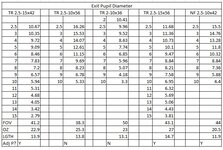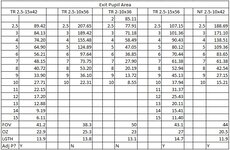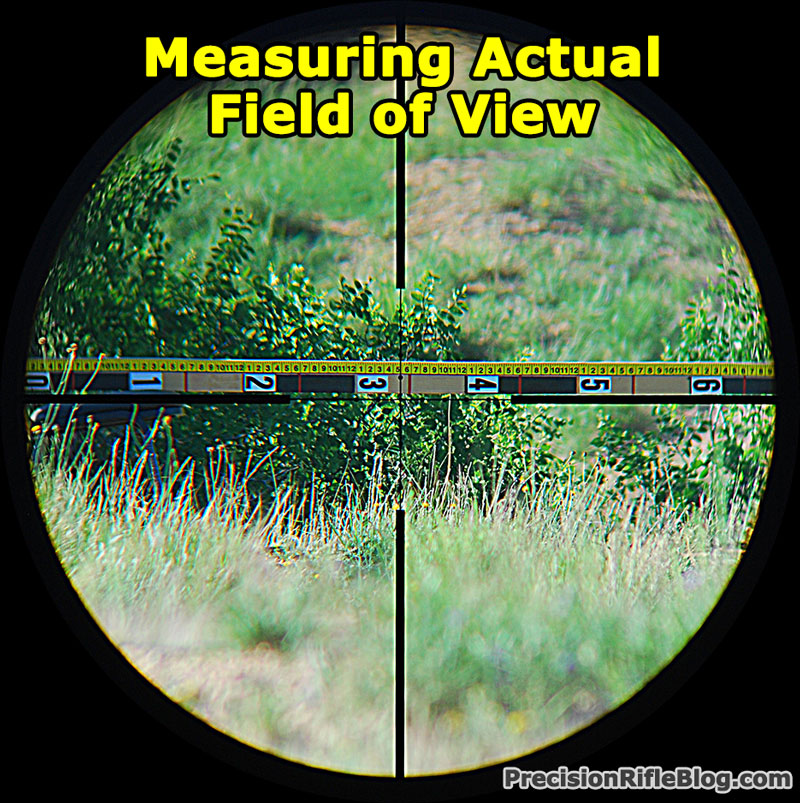ChrisAU
WKR
Any initial thoughts on ease of focus (reticle and image). I find the 2-10x36 a little picky. I can get it fine, just touchy.
Look forward to hearing comparison with 2.5-15. I was comparing that to my 2-10x36 last night.
I did take it out of the box and play with it for a few minutes, it seems very very forgiving on eye placement, both side-side/up-down and fore-aft. The reticle is not as bold as I was expecting, but I really need to compare it to the 2.5-15 to make a call there. Surprisingly the turrets felt better than the 2.5-15, which already were great.





